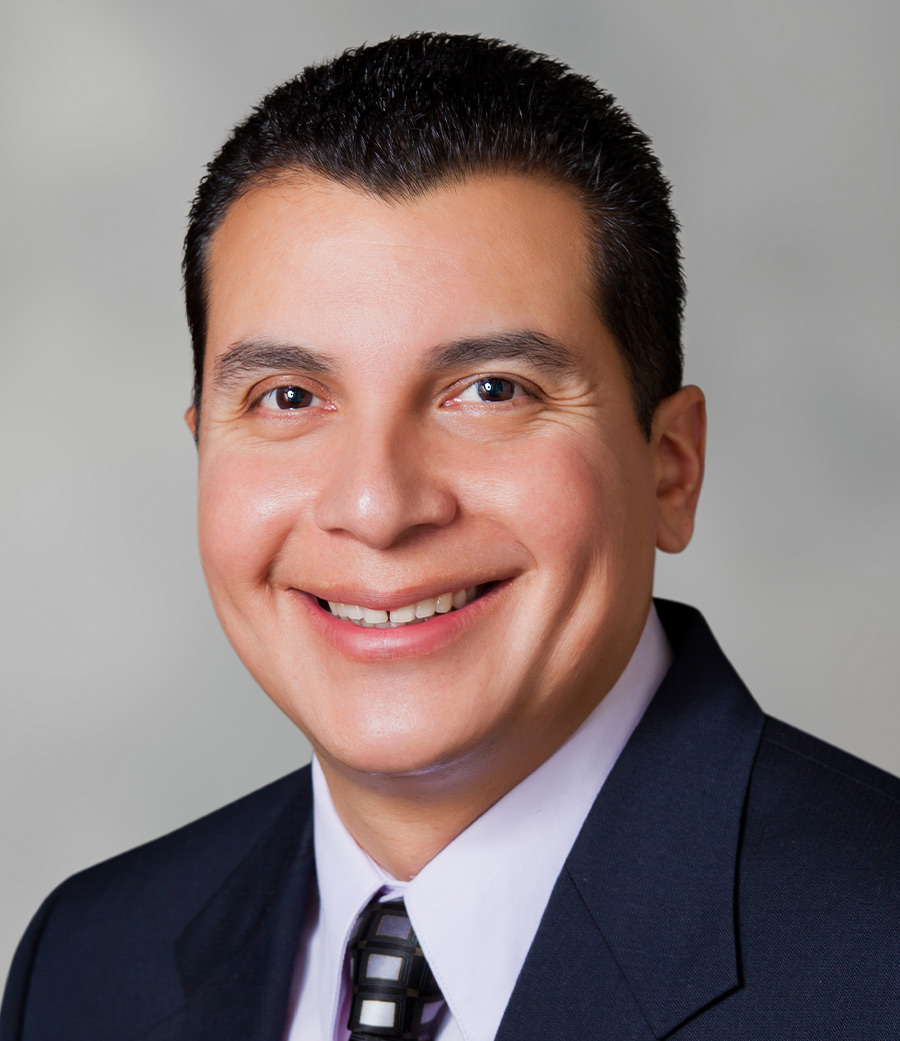

I grew up with parents who had a second and third grade education, so I know that all students can succeed. The digital divide is a big problem which was really exacerbated and more visible during the COVID epidemic. Even in Silicon Valley, we have neighborhoods where the cell coverage is very minimal, and carriers might differ in their ability to provide service to different areas. Different hotspots from different carriers were imperative for our students to be able to utilize the technology, just to be able to access the content that they needed so that they could learn and complete assignments.
I think more districts and more classrooms are moving to not only STEM but STEAM, so that we can have not only the technology part of it but also the creativity that our students bring. It’s crucial for them to be able to utilize the technology. And even though not everybody’s going to be in engineering, what you find today is that there is some level of programming in everything. You may not be coding eight hours a day but if you have the ability and the understanding of how things work, it is going to help you thrive in today’s world.
CSBA has been such a big part of my development as a board member; I’ve learned even more as I became a Delegate in 2010, and then a Regional Director in 2015. As I’ve seen the different aspects of CSBA, I’ve not only enriched my ability to guide my board and advocate at the local, state and federal level, but also realized that I can help CSBA be a better association. And I think that’s why I’ve moved into this role. CSBA is vital for our districts and county offices of education — and for our students in the state. We need to be more involved to make sure that we’re the essential voice for public education.

As an English learner from parents who had modest means, it was through public education that I have gotten to this point where I feel that I’m thriving in our economic environment. And we want everybody to thrive. No matter what zip code or area they are from, or if they’re English learners or whatever the circumstance, we must provide the support for them to succeed.
At the local level, visiting classrooms and seeing how students are doing is inspiring. You can see that many of them are really just happy to be in school. As we know, sometimes our schools are that place where they feel safe. They might get their two warm meals every day where they might not have that at home. Schools are really that place where our students can be safe and flourish.
Santa Clara USD was able to build units that accounted for, at that time, about 10 percent of our teachers. When I got on the board in 2008, we finished that second phase with about 74 housing units there in Santa Clara. I think workforce housing is vital so that we can keep the system running smoothly with staff nearby so that they’re not having to fight hours of traffic to get to and from work. Quality of life is very important.